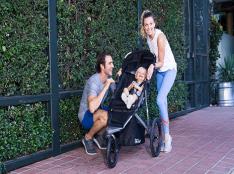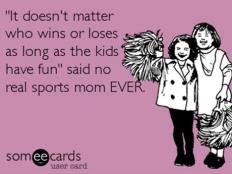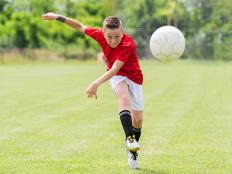
If your doctor cleared you to run during your pregnancy and you're well enough to hit the roads several times a week or even every day, you're lucky. But be wary of making a common nutrition mistake: not eating enough to support your activity levels and the needs of your growing baby.
"You have to gain an appropriate amount of weight—everything you're adding to support the baby is important. You have to not be scared of [gaining weight]; it's part of the whole process," says Michelle Ulrich, registered dietician who counsels pregnant athletes. "It's not the time to look to exercise to lose weight."
If you were a competitive age-grouper or a fun run junkie who logged miles to maintain a healthy weight before getting pregnant, watching your torso morph into a beach ball and your hips bulge can be an eye-popping experience to say the least. If you suffer from nausea and vomiting during the first trimester and are still able to run, you might even lose a little weight. But as you regain energy during the second trimester and start to feel more like your old self, you might step up your running routine. As your activity levels increase, it's also important to increase your caloric intake.
More: Pregnancy Nutrition Tips for Female Athletes
"If you're exercising during your pregnancy, especially during the second and third trimesters, you need more calories than pregnant women who aren't active," says Ulrich. "Typically pregnant women need to add 300 calories during the second trimester and 300 to 500 in the third. If you're adding exercise on top of that, then you need to make sure you're adding a couple more hundred calories."
The easiest way to make sure you're eating enough? Add snacks. If you run for 45 to 60 minutes most days, it's ideal to add two snacks a day when you're in the second and third trimesters.
More: Ready to Run 6 Weeks Postpartum? Slow Down and Read This First
What to Eat
Choose the most nutrient-dense foods and drinks possible. You need extra folic acid, calcium and iron in addition to plenty of antioxidants, fiber and healthy fats."Opt for quality foods that don't come in packages like pretzels and potato chips," urges Ulrich. "You want to make sure you're getting enough carbs but you need some protein too. Choose a balance of carbs and protein for snacks."
- 1
- of
- 3
About the Author










Discuss This Article